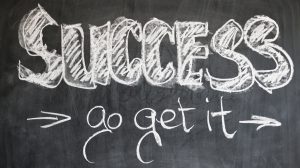Top 10 Tips for Community-Led Development
Unfortunately, there is no simple recipe for Community-Led Development success. It’s more like raising kids than baking cookies! It’s a complex process and what works with one kid doesn’t always work with the next. Similarly, every community context is different. It takes time to understand each community’s diverse strengths, needs, challenges and dreams. Even when we grow a shared vision, there can be plenty of uncertainty about how to get there. There are no cookie-cutter solutions.
Lots of experimenting, learning by doing and adaptability is needed, by the people with the greatest knowledge of their own local community and the issues it faces.
Here are our Top 10 Tips for success in Community-Led Development.
Re-imagining Governance.
There are many practical resources for good governance for community organisations and initiatives. Community Net is one great website to look at for a start.
What does Community-led Governance look like in practice?
Governance will depend on what kind of project or organisation you are, your size, and your core reason for existing. There is a saying “form follows function”, that is, your structures/ways of organising should reflect your purpose and activities. Take time to think about what kind of governance model you might need. No one size fits all! The key questions are:
How and how well is your current governance structure enabling community input into decision making, encouraging collaborative action and decision making? What would you like to change and why?
• What values and culture do you want to embrace in how your CLD governance will work
- How might CLD principles be embedded in what you do and how?
Embedding CLD Principles in governance practice
- Grow from shared local visions: The most important work of governance is to be wise kaitiaki or guardians, enabling the wider community (not just those elected or appointed) to shape dreams and plan activities to enable shared local visions.
• Build from strengths: Governance can empower action-focused, project-based teams to work with their strengths, assets and passions and get on with their work in a nimble, adaptive way – though sometimes things might not always go as planned.
• Work with diverse people and sectors: Governance can take the lead in building movements for collective impact in communities. They can intentionally focus on enabling broad participation and seeking new alliances: making decisions with rather than for people, proactively looking for new collaboration opportunities.
• Grow collaborative local leadership: Governance needs to be about relationships and connections more than hierarchical decision making. Lightweight, flexible, flat governance structures promote high trust and shared decision-making, with diverse leadership. Leadership ‘tables’ in communities need to be linked, not sitting in silos.
• Learn by doing: Being courageous and taking risks is all part of CLD. Along with the wider community, a governance team intentionally learns from the doing at every step. They hold themselves accountable as guardians/kaitiaki of shared values and vision but know there’s a collective responsibility for action and outcomes. They are accountable to the community and other stakeholders and are up for experimenting to see what works, actively adapting to ensure things keep moving forward.
Things we learned that work
When a CLD group or project is just getting started:
• The most important thing is to let your vision, values and culture shape your structure, not the other way around! Aim to apply CLD principles to all that you do. That includes embedding these principles in way you do things and the governance structure you create or evolve over time.
• Get started by doing some things together that people have energy for. Focusing on governance structures too early on can be a bit dull and can dampen community energy for taking action. Make sure you read the mood of those you’re working with – you don’t need to be a formal group or entity to make things happen!
• You might look for an organisation to support you that has shared or similar values. They might be able to awhi your group as things get going, help fund or hold funds for your project, employ team members, provide venues or resources, make connections to funders etc. You might not always need their support, but in the early days it can really help having friends there supporting. Also make sure you have a clear agreement with them about roles, responsibilities and relationships and how you’ll review things, recognising that things may evolve and change with time.
• Think about who needs to be involved in the core guiding or decision making group and what processes you’ll use to make decisions. Given CLD is a relational, trust- based way of working, what decisions can be made by action teams, rather than the governance group? How will you encourage wider community?
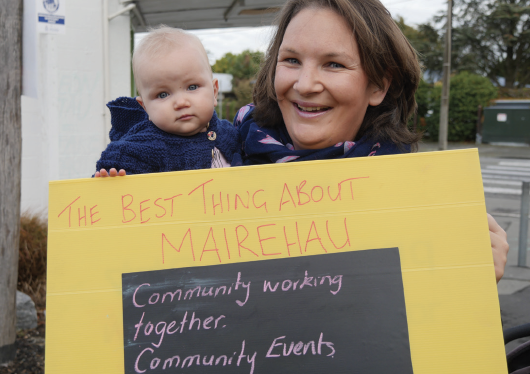
Meetings don’t always have to be closed group or traditional. You could use some of the following ideas for enabling greater community participation in your governance activities.
- Host open community gatherings (get-togethers, afternoon teas, pizza nights, picnics in the park) every 3 or 4 months to bring people together and share what’s happening in the community and with your project. Look for opportunities to actively involve others in the set-up of these so that they bring their networks too. You don’t have to make it look like a meeting. Have some fun, acknowledge and celebrate people doing great things, welcome others to join in ask some powerful questions to get people thinking, create space for people to raise issues or explore their ideas.
- Host community awards nights, where people can share and celebrate stories about projects they’ve been working on, what they’ve learnt and their ideas for ‘what next’. Or community story evenings where mana whenua and others can share the history of this place and special people, events that have shaped it.
- Invite in others from your community or stakeholder networks to be part of an annual reflection and sense-making session to look at what’s happened in the last year and why, and how this should shape next steps. Again, make it light and fun! Why have a meeting when you could have a party?
- Reinvent AGMs as purposeful but more fun, interesting community conversations and celebrations. Reach out to get some new voices, host a community quiz or include ideas-gathering opportunities as part of your AGM events, e.g. what ideas do teenagers in your community have and how could you support them? What can we learn from mana whenua about the history of this place and support their future plans?
- Include planning and engagement activities as part of all your community events and activities during the year. For example, at your local Easter Egg Hunt you might set up a wishing tree so children and adults can share what they value in their place or what changes they’d like to see. Or you could informally interview people with your smart-phone, asking them the same questions, or take photos of people holding a chalk board with their ideas or response to a question.
Going deeper – four key leadership functions
From our work in communities, we can see there are at least four core elements for any governance/ kaitiaki group or organisation using a CLD approach: oversight, foresight, insight, and a strong team culture.
These ideas are adapted with a community-led development lens from Chait, Ryan and Taylor’s work on Governance as Leadership (2005) and from others like Trower (The Practitioner’s Guide to Governance as Leadership: Building High Performing Nonprofit Boards, 2013) who have built on their insights.
Oversight: good stewardship of things currently happening, and any associated decisions about policies, communications, systems, finances, employment practices, organisational culture, legal obligations, risks, problems and performance. This is traditionally the main focus of governance. It should be part of what governance focuses on, but not the only part, especially in a CLD context.
Foresight: being good strategic thinkers, – looking ahead to where we want to head and how to get there effectively, including what relationships will be required. Considering our vision, values, mission and key strategic priorities and then learning, adapting and innovating as risks and opportunities are identified. Many groups do this through some kind of regular cycle of strategic discussion and planning.
In CLD we need a loose plan but not a grand or fixed strategic plan, because things emerge and evolve in many unexpected and diverse ways. It’s essential to ensure capacity, resource and mandates are in place to proactively adapt as needed.
Insight: making spaces for generative thinking where we tap into the knowledge of the people around the governance table (and beyond it) and data to take a fresh look at opportunities and challenges for making the biggest impact. Given change is the only constant, there’s a need to be aware of the changing environment and what this means for our vision and next steps. Building in sense making time to both look for past patterns and new ways of approaching things are key roles for CLD governance groups.
A strong team culture: this is our opportunity to be the change we want to see in our communities. We can model values-based ways of working together that grow trust, capability and confidence for diverse ideas and people/groups to connect, succeed, learn, fail, adapt and celebrate what CLD is making possible.
To learn more and apply practical frameworks to building a positive governance culture – download this resource to access tangible examples and practical governance models
Ngā Mātāpono/CLD Principles
Implementing all CLD principles at once is sometimes simply not possible, especially when you’re first starting out. What matters is starting from where you, your organisation or community are at and then applying a CLD framework to guide how things develop.
1. Grow from shared local visions
Learn about tāngata whenua, their history and aspirations
Understand who was in this place, who is in this place and who will be in this place.
Build plans with those who live, work, care, play, and invest in a place – the principle of te ahi kaa1.
Tailor-make solutions that reflect local ambitions, goals and contexts.
Grow a shared sense of optimism and collective ownership of the future.
2. Build from strengths
Everyone has a contribution to make.
Value residents as ‘experts’ in their place.
Proactively involve people who are frequently ignored.
Recognise the strengths tāngata whenua bring and build respectful relationships.
Value community assets. Use what you’ve got to help get what you want.
3. Work with diverse people and sectors
Foster connections between groups who don’t usually work together.
Support the aspirations of local whānau, hapū and iwi.
Ensure residents are actively involved in all aspects.
Build relationships between neighbours.
Encourage networking between community-led initiatives locally, regionally and nationally.
4. Grow collaborative local leadership
Seek leadership from across the community – everyone is a potential leader.
Value different cultural approaches to leadership.
Support local people who are doing things and connect them to others to grow their effectiveness.
Invest in developing skills and capacity of local leaders.
Celebrate local leaders and community achievements.
5. Learn by doing
Plan and work adaptively.
Build in time for structured reflection to understand what’s working and what’s not.
Use data and insights to measure impact. Document and share progress widely.
Embrace small steps that contribute to transformational change.
Use local practice-informed evidence to support system changes locally and nationally.
Download our five core principles in full – share these resources amongst your networks and CLD peers.
What is community-led development?
What is Community-Led Development?
Community-led development (CLD) in Aotearoa is an approach to improving hauora (wellbeing) of the local community by embedding Te Tiriti, working with diverse local leadership, and implementing solutions that build on the strengths of that place.
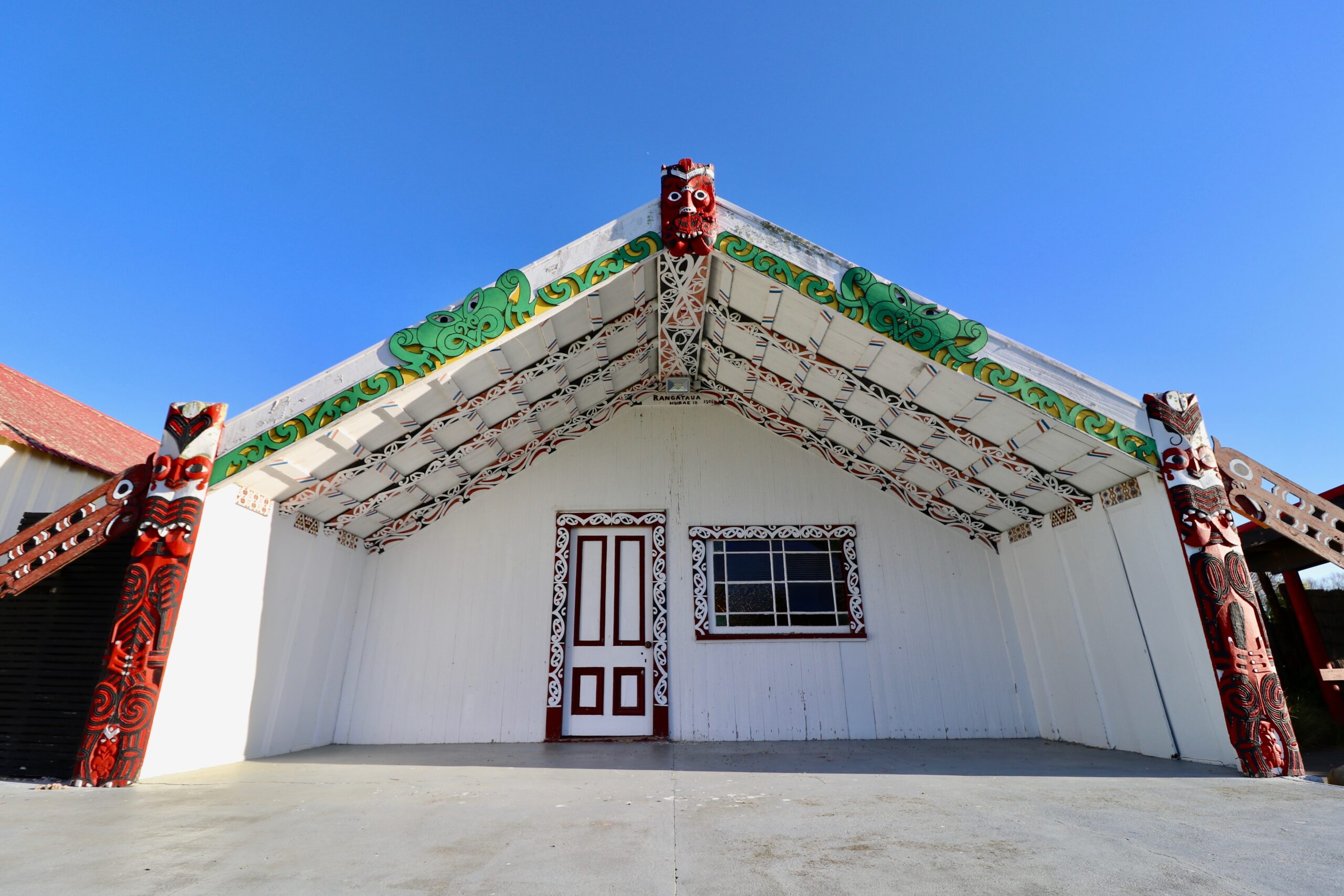
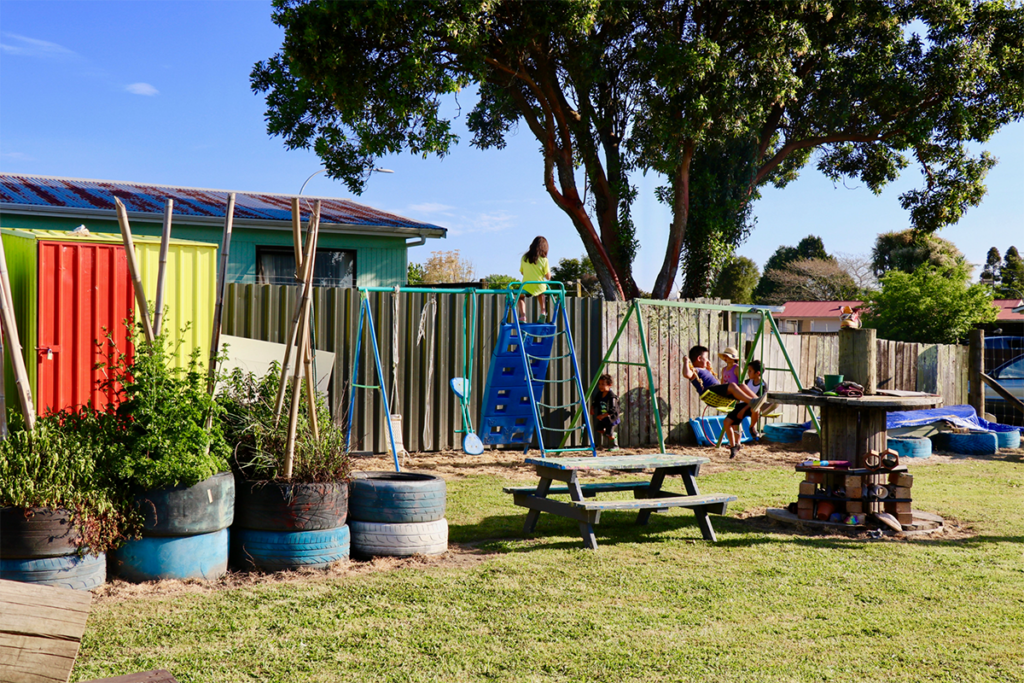
Why Community-Led Development is a successful approach for change.
Nā tō rourou, nā taku rourou ka ora ai te iwi. With your basket and my basket we will sustain the people.
- Vision and priorities are shaped by the people who live in the community
- We respect and build on local knowledge, strengths and experience
- We grow intentional collaboration across diverse sectors and people
- Communities own and drive their own solutions with local leadership at the centre.
- We learn by doing to achieve long term systems change, not just short term projects
Te Tiriti o Waitangi is the foundation for sharing power between tāngata whenua and tāngata Tiriti (all others who have come here) and to sustain just and vibrant communities.
How does it work?
Rather than a service model, community-led development (CLD) is a way of thinking that’s underpinned by five principles. Inspiring Communities has crafted these principles from working with communities. They continue to evolve.
Community-led development strengthens social connections so communities are at the centre of creating and implementing change to improve their own hauora. What may start as loose connections, can grow into confidence to take one-off small actions.
Building on local strengths and success, communities get organised, extending their influence and engagement with other allies outside their immediate neighbourhoods. Collaboration and local leadership all help accelerate change.
Our theory of change illustrates how we see sustainable change happening using a Community-led Development approach.
In this awesome video, local people describe what CLD means to them.
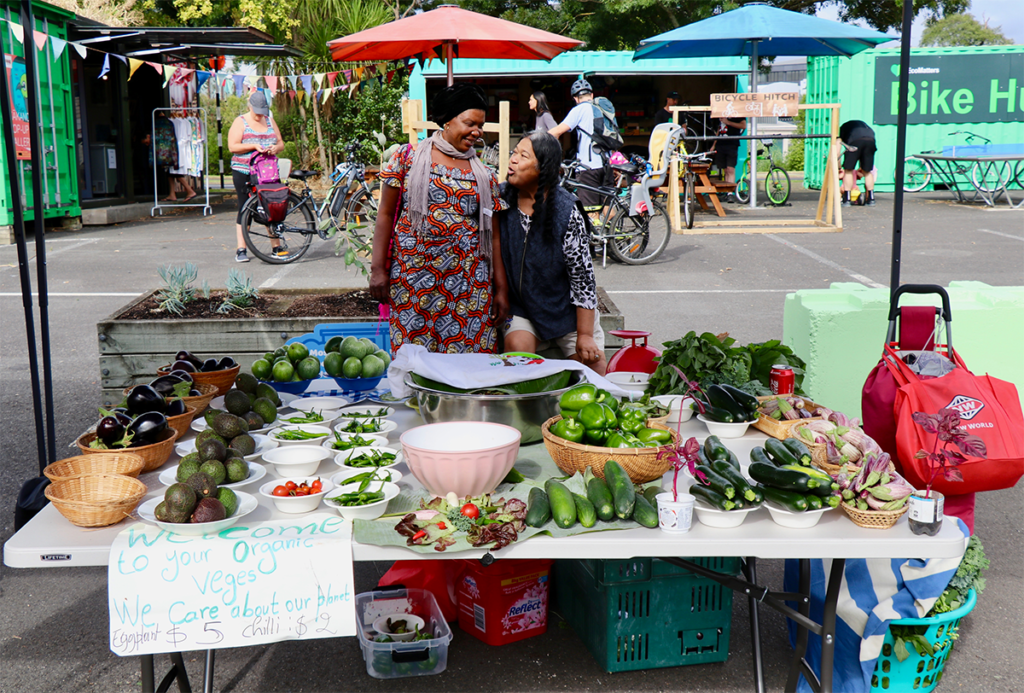
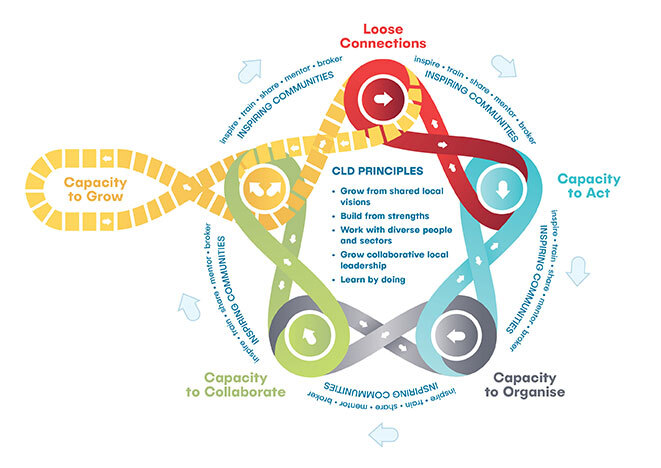
What do we need to pay attention to?
Communities of place.
Communities of place are a useful organising platform for community strengthening as those who live, work, play, care, invest or connect to a particular place tend to have a shared vested interest in making things even better.
The greatest gains are made when combined with other strategies (such as iwi/hapū development, local economic development, social development, service coordination, environmental restoration) and integrated into core practice
Different approaches to leadership needed.
This video* with Inspiring Communities’ David Hanna explains some of the different ways we need to adapt our leadership for different, often complex, situations we are working with.
Our Leadership as Learning framework helps us work with the messiness of community-led development. Our capability framework helps us think about some of the capabilities we already have and some we might need to grow to help local CLD leadership thrive. The ‘little things’ we do are often actually the seeds of ‘big things’ changing. However, in isolation, these one-off little changes do not create stronger, more resilient and sustainable communities.
This framework (quadrants of change) helps us understand what it takes to achieve sustainable change in communities, suggesting at least five dimensions of change we need to pay attention to: personal, relational, structural, cultural and power.
*This video was produced when David Hanna was the former Chair of Inspiring Communities. We believe its narrative remains relevant in our collective mahi.
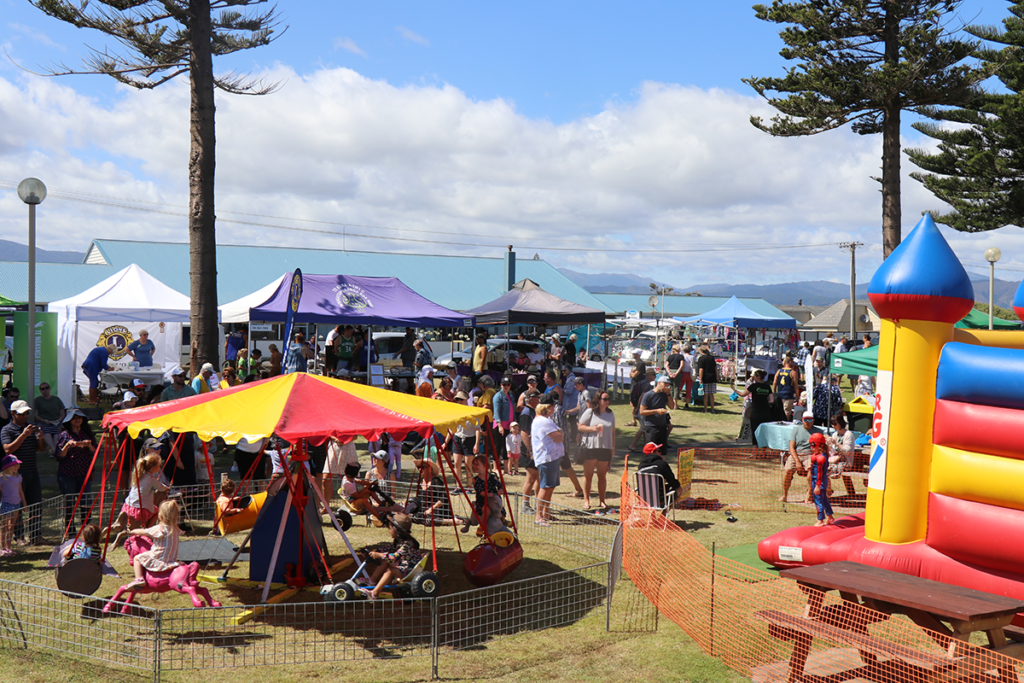

Working in an ever-changing environment.
Things around us are constantly evolving. Things rarely go to plan. This framework helps us observe, learn and adapt to where the energy, resources, risks and opportunities are in our communities.
We put together some of our key learnings in this publication as an essential guide for anyone working in CLD in New Zealand

